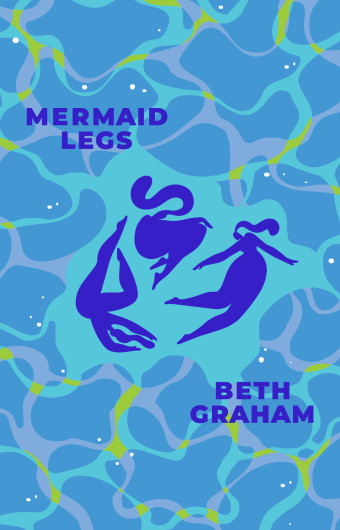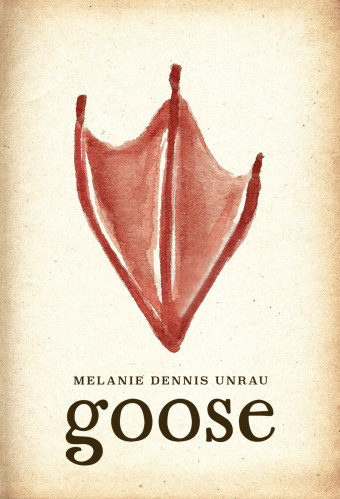Like a giant beaver dam spotted in satellite imagery, Émilie Monnet’s acclaimed play Okinum keeps growing. First performed in French in 2018 at Montreal’s Centre théâtre d’aujourd’hui, published in French with Les Herbes rouges in 2020; then released as an audio drama, and performed in English at Centaur Theatre and at the National Arts Centre in 2021, the work is now published in English.

- Okinum
- Émilie Monnet
- J. Gordon Shillingford Publishing
- $15.95 Paperback, 48 pages
- ISBN: 978-19-27922-93-4
“Every new incarnation of the play allows for deeper understanding,” remarks Monnet. “I’ve always been very connected to beavers but my love for them has grown exponentially since Okinum.”
Monnet is a multidisciplinary artist and activist whose father is Algonquin and her mother French. She lives and practises between the Outaouais and Tiohtià: ke/Mooniyaang/Montreal. Favouring collaborative and multilingual creative processes, Monnet explores identity, memory, history, and transformation while connecting with other artists.
One of okinum’s literal translations is dam. In the play, the word’s definition is expanded, referring to a cemetery of tree bones, a blockage in the body, and the spirit and a colonial system of barricades that Indigenous Peoples have long resisted.
The brilliant metaphor serves as the play’s undercurrent for lecture scenes on the history of the beaver fur trade from an Indigenous perspective, agonizing experiences in the Western medical system, and a discourse of resistance to colonialism.
Skillfully blending poetic imagery (“A lump in my throat / A knot on the bark / A gift in my palm”) with documentary montages, Monnet succeeds in building a captivating storyline from a variety of materials. Deeply symbolic, the stage directions enrich the experience of the play as a written work.
The work is fundamentally trilingual with Anishnaabemowin taking centre stage. Through a series of conversations with language teacher Véronique Thusky, readers gradually unearth the meaning of phrases spoken by Amik, the beaver, in a recurring dream.

“My dreams are at the heart of my creation or writing process,” shares Monnet. “I have a practice of writing them down in a journal and it’s fascinating to go back in time and revisit certain dreams, I always find new resonance with them.
“Often, the starting point for telling a story is wanting to decipher what a specific dream is about. For Okinum, I wanted to understand Amik’s words. I knew it was an important message because I dreamt that same dream three times. I embarked on a quest to find out.”
This rhythm allows readers to learn alongside the performer in a refreshing and realistic snapshot of the effort and care that goes into learning and respecting a language.
“French, English, and Anishnaabemowin are the three languages that form my identity,” says Monnet. “I wanted them to coexist together — the sounds of the words, the energy each language emanates. I wanted the audience to be immersed in the musicality and cadence of the different languages, and more importantly so for Anishnaabemowin. I wanted people to feel the land, where the beaver lives, alive.”













